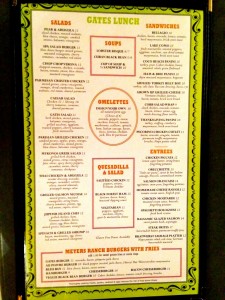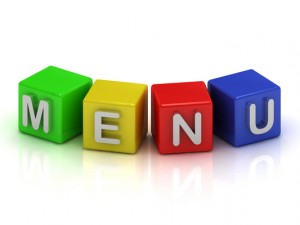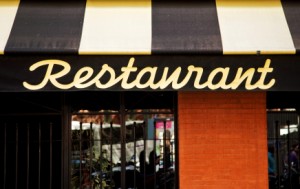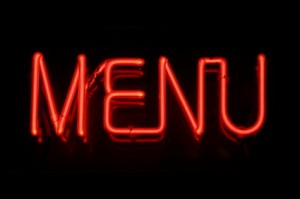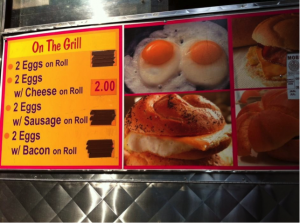 Pity the poor chicken cutlet stuck in the middle of the pack! Where a menu item is positioned could be the difference between running out of it at that meal or having it reappear as hash or soup the next day.
Pity the poor chicken cutlet stuck in the middle of the pack! Where a menu item is positioned could be the difference between running out of it at that meal or having it reappear as hash or soup the next day.
People tend to remember the top two items and the one at the bottom of a list. So, the chef or restaurateur will make sure that certain dishes are not randomly placed in those spots. You’ll most likely find the highest profit items at the top and bottom of the menu sections because they sell 25% better than items in the middle.
Tip: Where a menu item is positioned in a list could shout “order me” or “I’m just a complacent placeholder.”
High Profit Margin And Signature Dishes
The high profile real estate on a menu is usually occupied by high-margin items – the ones that make the most money for the restaurant – or the restaurant’s signature dishes, the specialty dishes they can knock out of the park – and are the one’s that keep you coming back for more. Price and cost-margin don’t play major roles with signature dishes because the restaurant is sure they’re so good that you’ll keep coming back and spending money.
High-profit margin items are the dishes that are profitable — like pasta. Even if pasta comes with fancy sauce, meat, or seafood, unless it’s served with something like truffles, it’s usually inexpensive to make. That doesn’t mean it’s not good – it just means that it costs less money to make it so the restaurant ends up making more money on it than on some other menu items that contain ingredients that are more costly or are much more labor intensive to make.
Tip: High profile real estate is probably filled by high-margin items – the ones that make the most money – or signature dishes, specialty dishes that keep you coming back for more.
Do you eat out? This is the fifth article in a series of consecutive posts about decoding restaurant menus. Keep checking back for more information that might help you with your restaurant choices.
Please share if you know anyone who wants to Eat Out and Eat Well!
